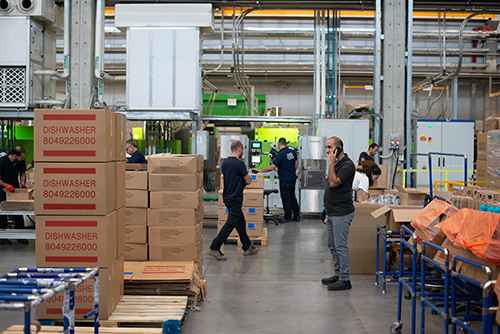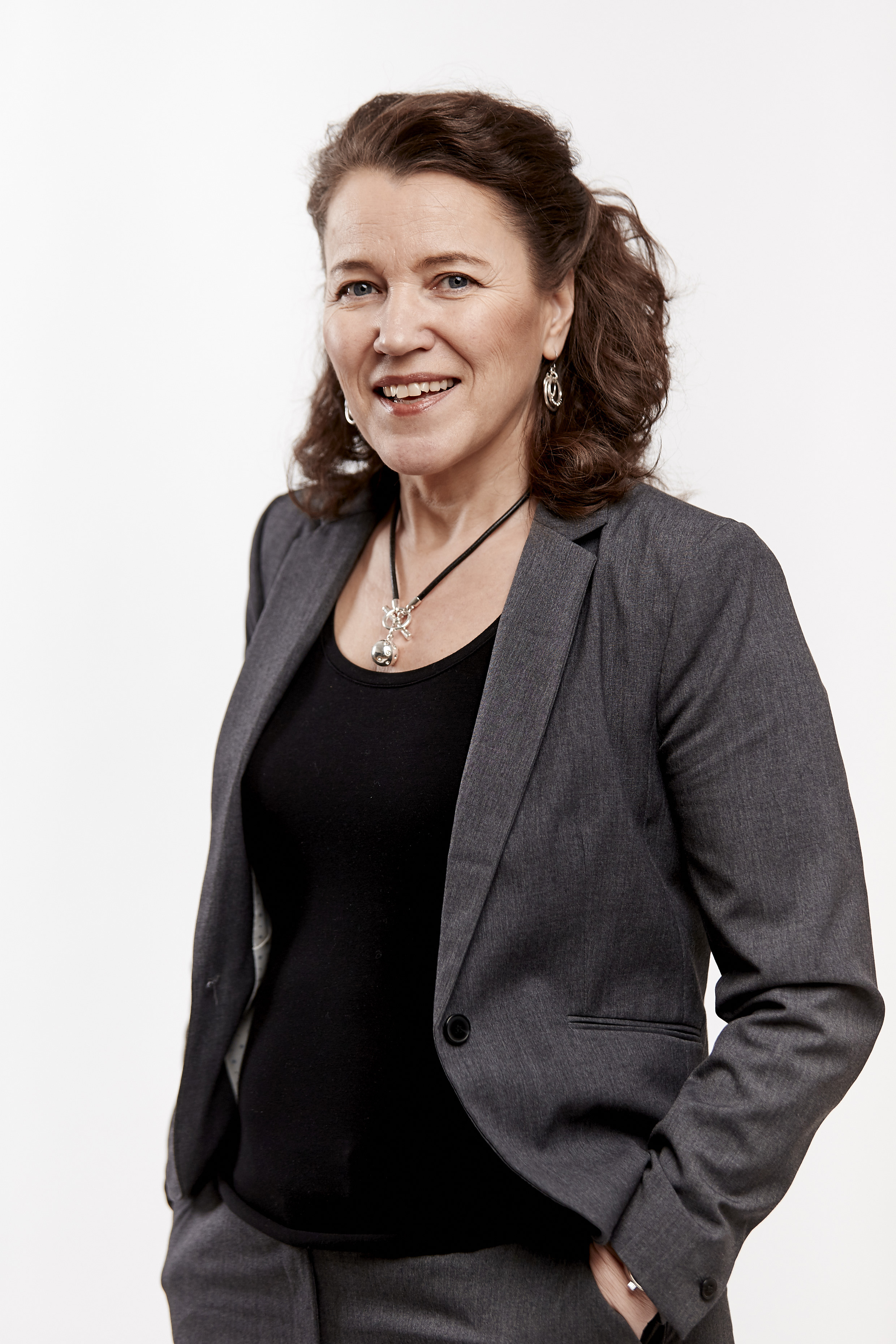Managing the contradictions of industrial organizations
Today’s industrial organizations are complex and contradictory workplaces, says Annika Engström, new Associate Professor at the School of Engineering, Jönköping University. They struggle to efficiently manage the daily workflow while at the same time renew to be competitive. Familiar knowledge is challenged by the new and unexplored, planned activities are upset by unforeseen events, and hierarchical structures clash with cross-functional collaborations. How can today’s leaders create work organizations that meet the challenges and develop for the future?

Re-thinking how tasks are divided and encouraging cross-functional teamwork is one way that leaders can foster learning and development in an industrial organisation. (image:Unsplash/Remy Gieling)
Annika Engström’s research focuses on leading and organizing learning in industrial operations. It’s understanding the human being in the work processes of industrial organizations that her research focuses on. Her research is conducted in close collaboration with industrial companies where she has seen a lot of paradoxical and contradictory situations.
“Leaders are often working to tightly planned processes, but also have to deal with a lot of unplanned work. So on the one hand they need to make sure things run efficiently and to schedule, but on the other they also need to be flexible and cope with unforeseen events, or things happening in the surrounding environment that requires their operations to adapt and develop.”
One paradox that Annika Engström sees is to do with the learning and development opportunities in an industrial organization.

Annika Engström. (image: Patrik Svedberg)
“Too often leaders in organizations are given the problem-solving tasks. But problem-solving triggers learning and development. If a leader wants their workforce and organization to learn and develop, then it’s precisely these problem-solving opportunities that need to be experienced by those further down the chain,” she explains.
According to Annika Engström, leaders also need to look at the structure of their work-organizations and see how execution and development processes can be integrated.
“Industrial organizations are inherently hierarchical, and work in silos. But to improve and renew work processes, they need to rethink how to divide tasks and encourage cross-functional teamwork. Equally, distributing leadership and allowing decision-making that is closer to operations is also advisable.”
Investing in people, training them in problem-solving and creating space in their working day to take part in explorative, developmental activities is costly time-wise. It’s something that industrial organizations, who run according to tightly planned schedules and see the immediate effects of investment in efficient machinery and new technology, might find very hard. But it’s finding ways of getting more of the workforce involved in development that can, according to Annika Engström, make a big impact on industries.
“It’s important that organizations don’t exclude people within the workforce who can build knowledge, it could improve efficiency in the long run,” she says.
And furthermore, it’s important for the future sustainability of the organization.
“If your workplace is not learning, then our young people are not going to choose your industry,” she concludes.
Annika Engström gave her trail lecture for appointment as associate professor on March 17. The lecture was entitled “The Promised Land of Contradictions: The dynamics of learning in industrial operations.”
- Professor Work Organisation
- School of Engineering
- annika.engstrom@ju.se
- +46 36-10 1644

